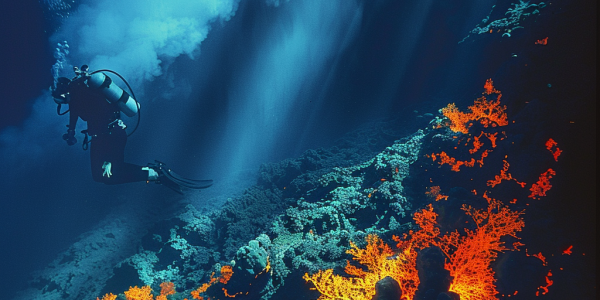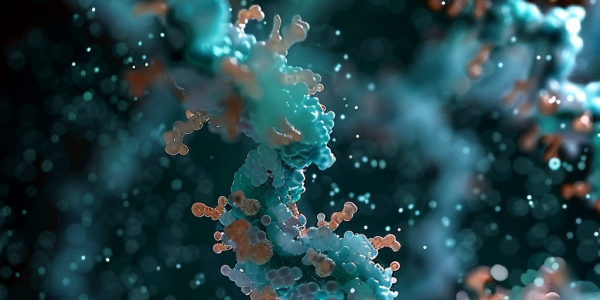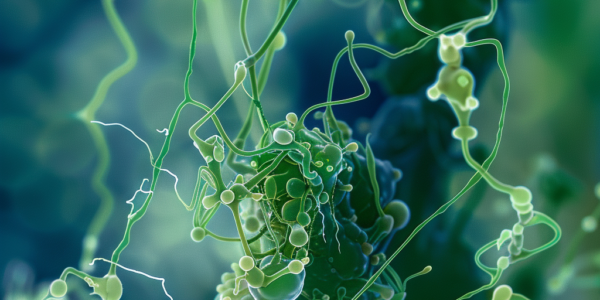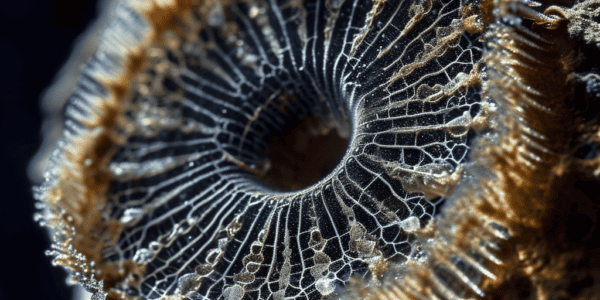Discovery of ‘Chonkus’ Bacterium Offers Hope in Climate Change Fight
The discovery of a new bacterium, UTEX 3222, known as ‘Chonkus,’ offers hope in the fight against climate change. Found in volcanic ocean vents, this cyanobacterium shows exceptional capabilities for carbon dioxide absorption, making it a promising candidate for carbon capture technologies. Research highlights Chonkus’s potential to significantly reduce atmospheric CO2 levels, paving the way for innovative solutions in environmental science.
Unraveling the Secrets of Prochlorococcus’ Iron-Binding Protein
Researchers at the University of Southampton, led by Ivo Tews, uncover the secrets behind Prochlorococcus’ ability to thrive in low-nutrient waters through the study of its iron-binding protein, FutA. The study, published in the Proceedings of the National Academy of Sciences, utilized advanced structural biology techniques to reveal how FutA can accommodate iron in two oxidation states, enhancing the cyanobacterium’s efficiency in nutrient-poor environments. Neutron crystallography and optical spectroscopy measurements were key in determining the charges of amino acid side chains and tracking iron oxidation states, with Diamond Light Source’s I24 beamline playing a crucial role in capturing real-time structural changes in FutA.
University of Copenhagen Scientists Utilize Blue-Green Algae to Create Sustainable ‘Meat Fiber-Like’ Protein Strands
University of Copenhagen scientists have made a groundbreaking discovery in sustainable food production by utilizing blue-green algae to produce ‘meat fiber-like’ protein strands. This achievement could revolutionize the production of sustainable foods, providing the right texture with minimal processing. The research offers a promising solution to challenges in replicating the texture and mouthfeel of traditional animal-based foods in plant-based alternatives, and demonstrates the minimal processing required for maximum sustainability.
New Insights into Early Evolution of Cyanobacteria
Recent discoveries in the field of paleobiology have provided new insights into the early evolution of cyanobacteria and the emergence of oxygenic photosynthesis on Earth. A study published in Nature presents the oldest direct evidence of thylakoid membranes in ancient…




